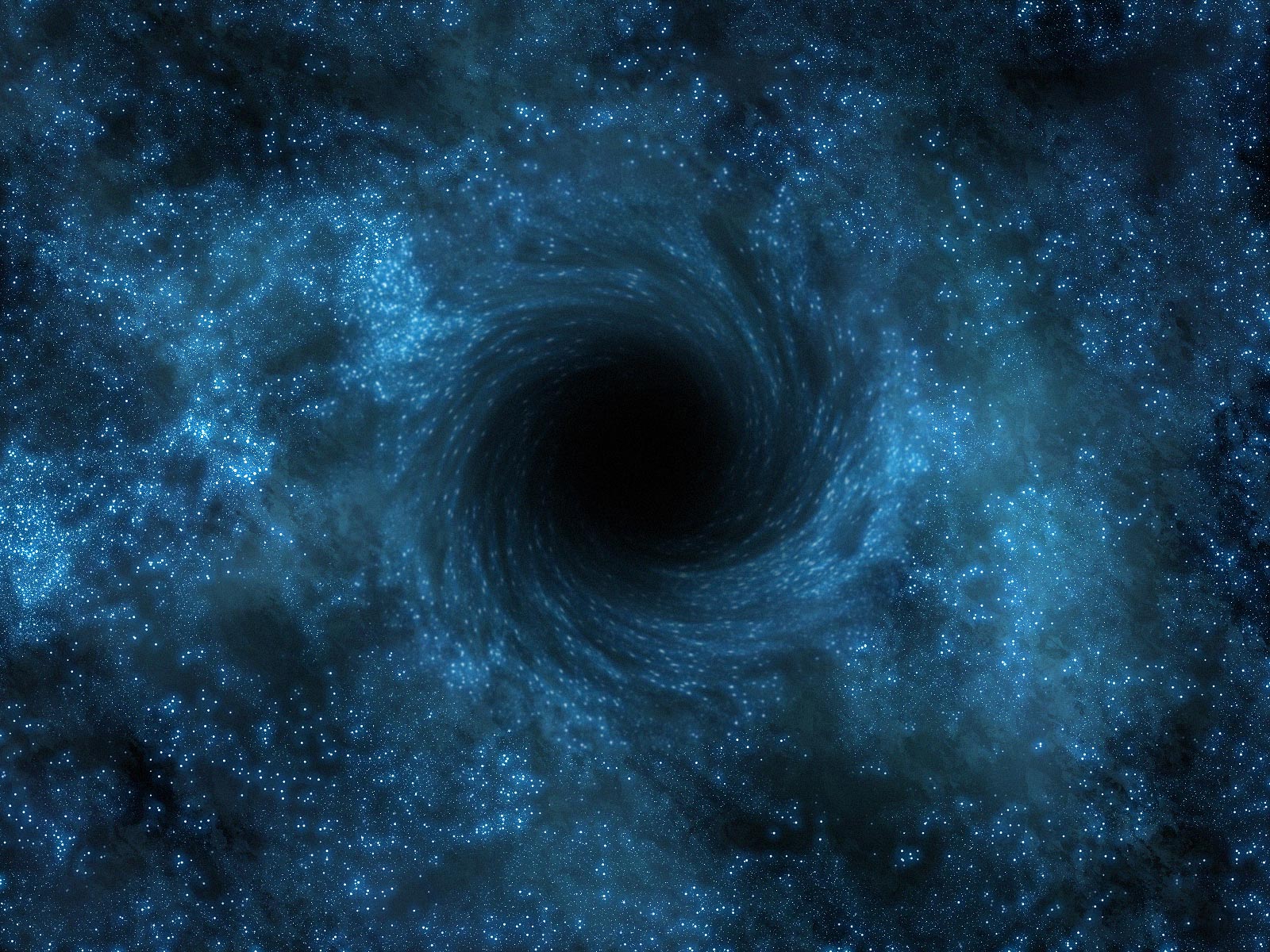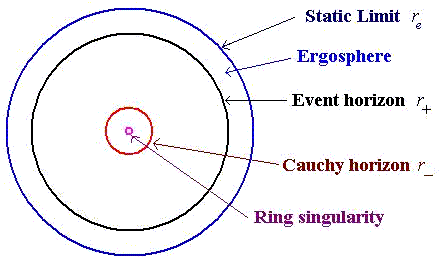So, black holes. They typically look like this image that we're familiar of, exactly what their name is:

Now, moving on to a diagram of a black hole, we get more of an idea of what they're made up of. They're quite complicated and for some, like myself, we won't be able to get it at a first glance but bear with me! Its all a part of the learning process!
Here are some diagrams, all pretty much detailing the same thing, and I've made sure to choose the simplistic ones:




Right! So with the image and diagram in mind, here is the explanation of a black hole, broken down into three questions:
What is it?
- A black hole is a place in space where gravity pulls so much that even light can not get out. The gravity is so strong because matter has been squeezed into a tiny space.
- This can occur when a star is dying
- Black holes are actually invisible - as light cannot get out, it is not seen as a colour.
- Black holes can be very small but hold a lot of mass in them
- Another kind of black hole is called "stellar." Its mass can be up to 20 times more than the mass of the sun. There may be many, many stellar mass black holes in Earth's galaxy (the Milky Way).
- The largest black holes are called "supermassive." (yup, exactly like the Muse song). They have masses that are more than 1 million suns together. Every large galaxy contains a supermassive black hole at its center. The supermassive black hole at the center of the Milky Way galaxy is called Sagittarius A and has a mass equal to about 4 million suns
- Scientists believe that black holes were formed when the universe began. Stellar black holes are made when the center of a very big star falls/collapses in on itself, causing a supernova. A supernova is an exploding star that blasts part of the star into space.
- Luckily black holes are not the kind we see in sci-fi films. They actually don't go around eating planets. Rather, no black hole is close enough to the solar system for Earth to do that. Even if a black hole the same mass as the sun were to take the place of the sun, Earth still would not fall in. The black hole would have the same gravity as the sun. Earth and the other planets would orbit the black hole as they orbit the sun now. And, even better news, the sun will never turn into a black hole as its not a big enough star to make a black hole.
- We know where black holes are due to looking at signs of light bending around them. Light passing close enough to be affected by the black hole's gravity, it can be detected by looking for X-rays. Things that are being sucked into the hole heat up and as they spin around, they will start to radiate X-rays when hot enough.
What is it made up of?
- Simply put, it is made up of matter - but really, you want to hear the more complicated stuff! It is made up of three independent physical properties, which include mass, charge, and angular momentum.
- There is a mathematically defined surface called the event horizon - this marks the point of no return
- At the centre of a black hole, there is something called gravitational singularity, a region where spacetime curvature becomes infinite. It takes the shape of a single point in a non-rotating black hole, and in a rotating black hole, it's smeared out to form a ring singularity in a plane of rotation. Both have zero volume. and the singular region can be thought of having infinite density.
- The photon sphere is a spherical boundary of zero thickness such that photons moving along tangents to the sphere will be trapped in a circular orbit. The orbits are dynamically unstable, hence any small perturbation (such as a particle of infalling matter) will grow over time, either setting it on an outward trajectory escaping the black hole or on an inward spiral eventually crossing the event horizon
- Rotating black holes are surrounded by a region of spacetime in which it is impossible to stand still, called the ergosphere. This is the result of a process known as frame-dragging. General relativity predicts that any rotating mass will tend to slightly "drag" along the spacetime immediately surrounding it. Any object near the rotating mass will tend to start moving in the direction of rotation
What's the mystery of the black hole?
- We don't know what happens if you were able to survive passing through a black hole. Scientists know that you can never escape the black hole's gravity, so you would never come out of it again. You could be trapped forever.
- Some scientists think that it is possible black holes are 'worm holes' in space: doorways to other points in the universe or other universes.
You can check out the historic timeline of black holes here: http://www.math.ucla.edu/~bon/kerrhistory.html
Thanks for reading!
No comments:
Post a Comment